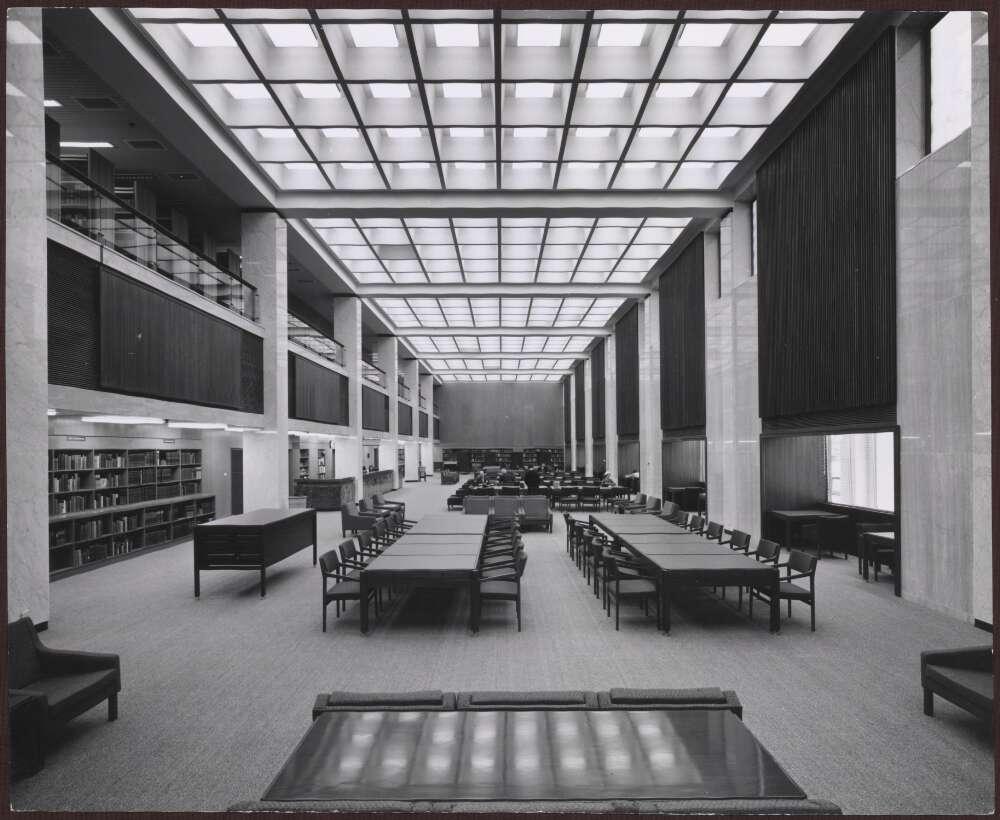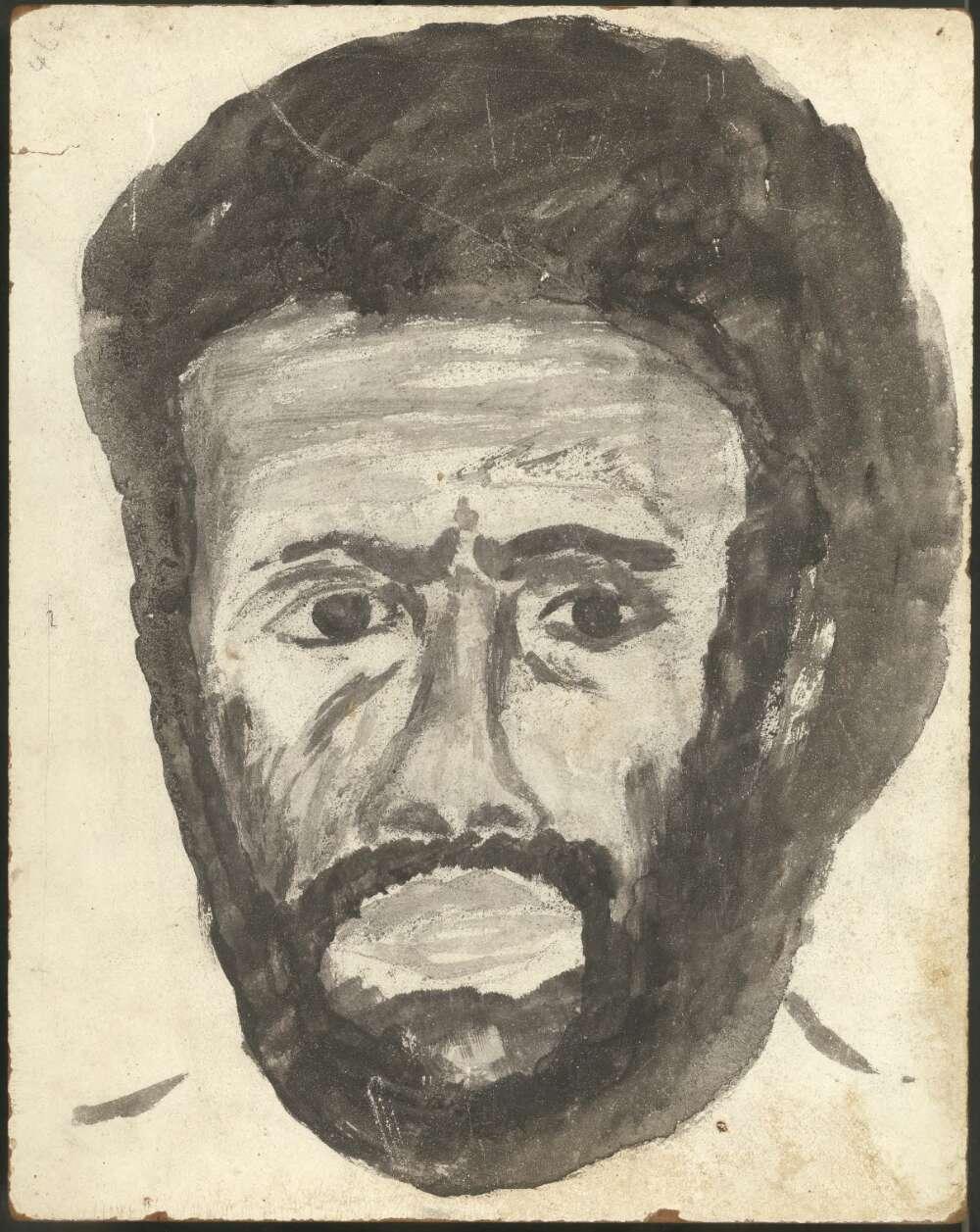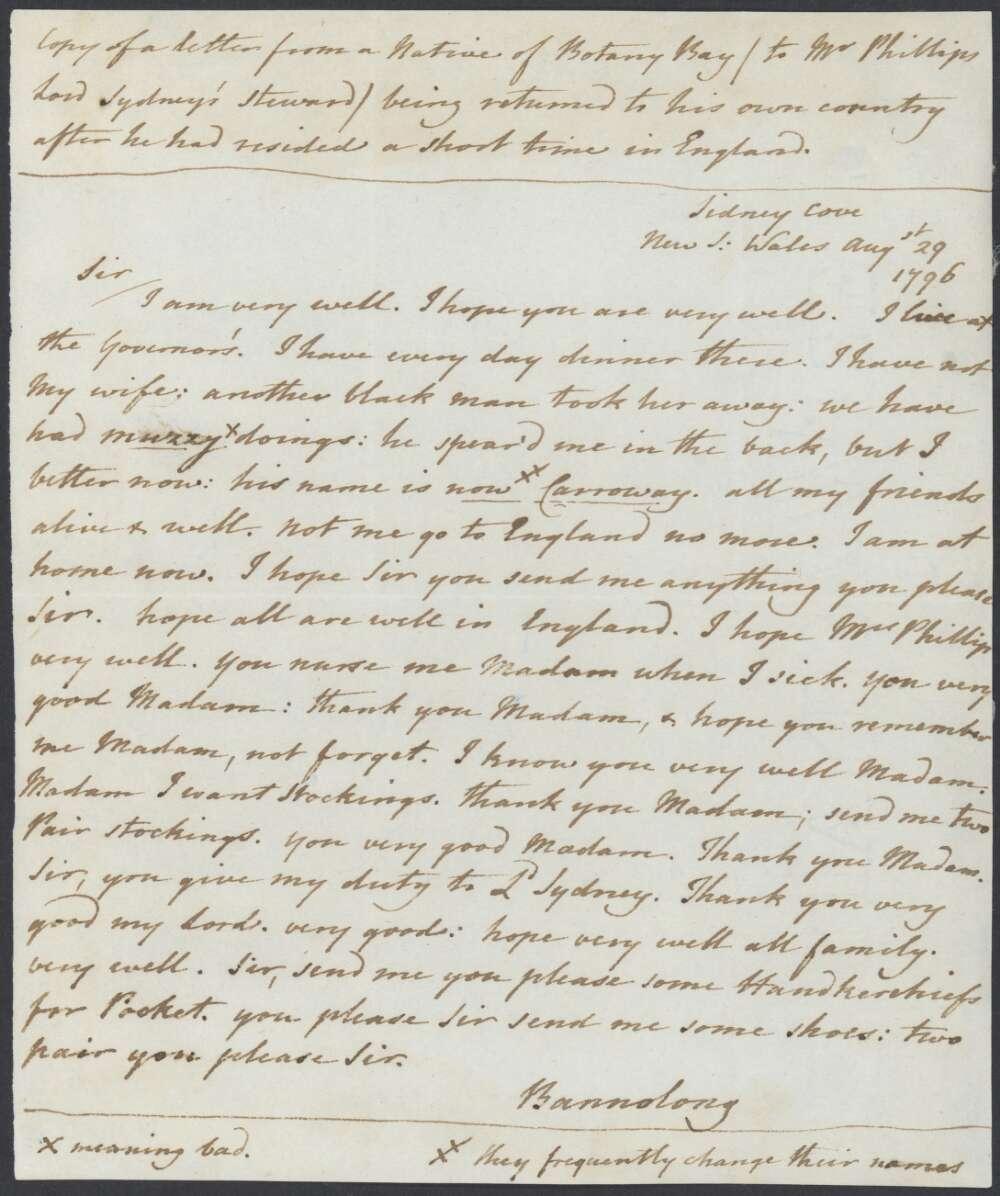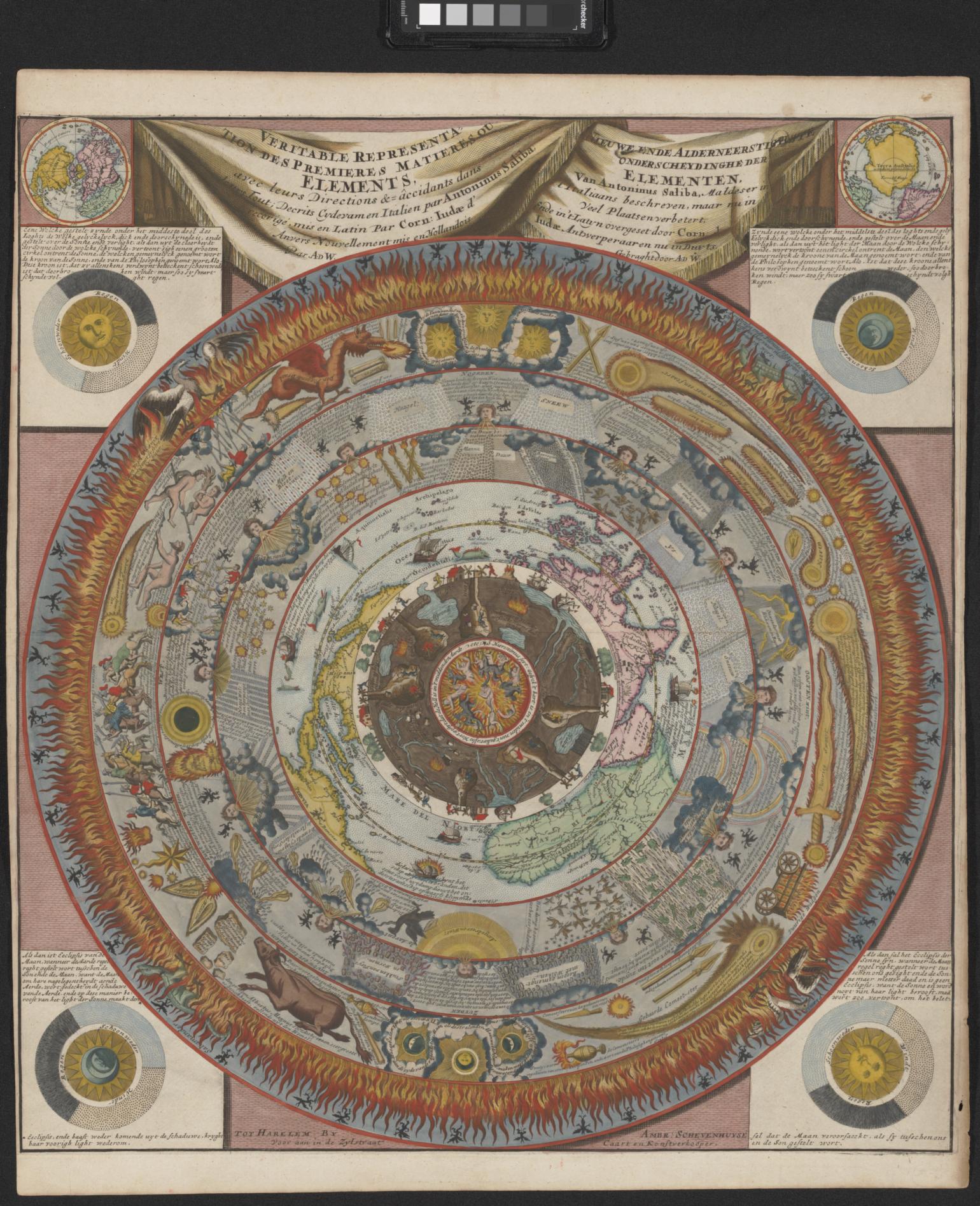Treasures Gallery
The Treasures Gallery showcases the extraordinary holdings of the National Library of Australia. Our vast collection is primarily composed of documentary resources of national significance relating to Australia and the Australian people.
While the Library has millions of books, we also collect other items. From maps and books to manuscripts, photographs, paintings and ephemera, the Treasures Gallery is where you can view some of the Library's most important, popular and unique items.
Our displays change regularly so we always have exciting new stories to share.
Highlights of the latest display include:
- the history of the Library and its much-loved building
- stories relating to Australian democracy, such as Australia's first Indigenous parliamentarian, Senator Neville Bonner AO, and the work of suffragist Nellie Martel
- objects celebrating the preeminent author Patrick White, Australia's sole Nobel Prize Laureate in Literature, offering a window into the Library's holdings related to Australian writers.
The Treasures Gallery is free and open every day, except Christmas Day and Good Friday.
The Library warmly thanks our Treasures Gallery supporters. Their generosity has made it possible to bring these treasures to life for the whole community.
Treasures Gallery highlights
Treasures Gallery supporters
The Library warmly thanks Treasures Gallery supporters. Their generosity has made it possible to bring these treasures to life for the whole community.
Principal Treasures Gallery Partner
- The Ian Potter Foundation
Platinum Treasures Gallery Partners
- John T Reid Charitable Trusts
- Sidney Myer Fund
Gold Treasures Gallery Partners
- ActewAGL
- Dr James Bettison and Ms Helen James
- Professor Henry Ergas
- Harold Mitchell Foundation
- Macquarie Group Foundation
- Mr Kevin McCann AM
- Thyne Reid Foundation
Silver Treasures Gallery Partner
- Friends of the National Library of Australia
Bronze Treasures Gallery Partners
- Mr James Bain AM and Mrs Janette Bain
- Mr Victor Crittenden OAM
- Mr James O Fairfax AC
Opal Treasures Gallery Partners
- F and J Ryan Foundation
- Mr Philip Flood AO & Mrs Carole Flood
- GHD Pty Ltd
- Dr Kenneth Moss AM & Mrs Glenn Moss
Jade Treasures Gallery Partners
- Ms Cynthia Anderson
- Dr Desmond Bright and Dr Ruth Bright AM
- Mr Michael Heard and Mrs Mary Heard
- Mr Robert Hill-Ling AO and Mrs Rosemary Hill-Ling OAM
- Mrs Claudia Hyles
- Mr Baillieu Myer AC and Mrs Sarah Myer
- Miss Kay Rodda
- Mrs Mary Louise Simpson
- Mr John Uhrig AC and Mrs Shirley Uhrig
- One donor has given anonymously at this level
Amber Treasures Gallery Partners
The National Library has over 100 Amber Treasures Gallery Partners. Many other individual Library supporters have contributed generously through our Donation Boxes.
Visit us
Find our opening times, get directions, join a tour, or dine and shop with us.










